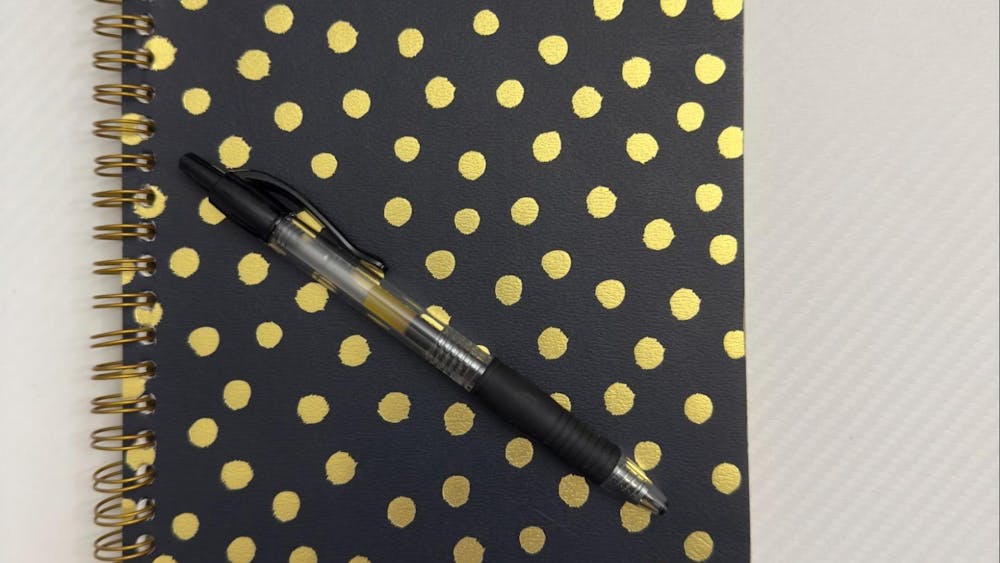A candidate for a plant biology position at Eastern Michigan University discussed her research in the world of algae Friday afternoon.
Hilary McManus, a professor at the University of Connecticut, is a big fan of the predecessor of plants.
But she is not as enthusiastic when it comes to the outdated method of identifying the tiny photosynthetic organisms.
“They are really diverse in form,” she said. A characteristic she says makes a scientist’s life difficult.
According to McManus, it is normal for scientists to use the shape of algae when trying to identify them. But she believes this will become increasingly insufficient, as so many algae look the same.
“Diversity has been underestimated using morphology alone,” McManus said.
She said the number of algae species identified thus far is between 36,000 and 50,000 but admits the number could be in the millions if one considers the genetic profiles.
Using a family of algae called Hydrodictyaceae, she highlighted four genera under that family.
One of the common traits she noticed in all four genera was their reproductive systems – they are all asexual, meaning they reproduce without a partner.
Although there are four genera under the family Hydrodictyaceae, her research only focused on two – Pediastrum and Euastropsis.
Unfortunately, the genus Euastropsis is a highly evasive alga, so she was unable to find any samples to use.
“I only know of one person who has ever seen it in the field,” McManus said. “I’m still searching for it. It would have been great to add to my study.”
She asked one of the scientists in the audience if he had seen it, but he had not. She said if she had of been able to find the Euastropsis, her data would have been different.
The only algae she used were variations of Pediastrum Duplex. Pediastrum is an alga that hangs out in colonies of two or more cells.
They look like a bunch of teeth arranged like a Christmas reef with the crowns directed toward the center.
McManus said one of the important functions Pediastrum provide is their use as Paleo indicators.
This means they are used to determine the acidic levels and past climate conditions of bodies of water.
There were three variations that she called group one, two and three.
She went on to explain a series of methods to find unique characteristics of the variants.
Only group three had traits allowing it to stand alone as a species. So McManus is suggesting the species be named Lacunastrum Gracillimum. But her research is only one of many studies trying to find better ways of classifying algae.
“We need to continue doing these types of studies so we can understand species boundaries,” she said.
Professor McManus is one of four professors EMU is looking at to fill in the position of plant biology professor.
So far, two candidates have presented their research. The first candidate was Lesley G. Campbell, a professor from Rice University.
Two others will present their studies in the coming weeks.









